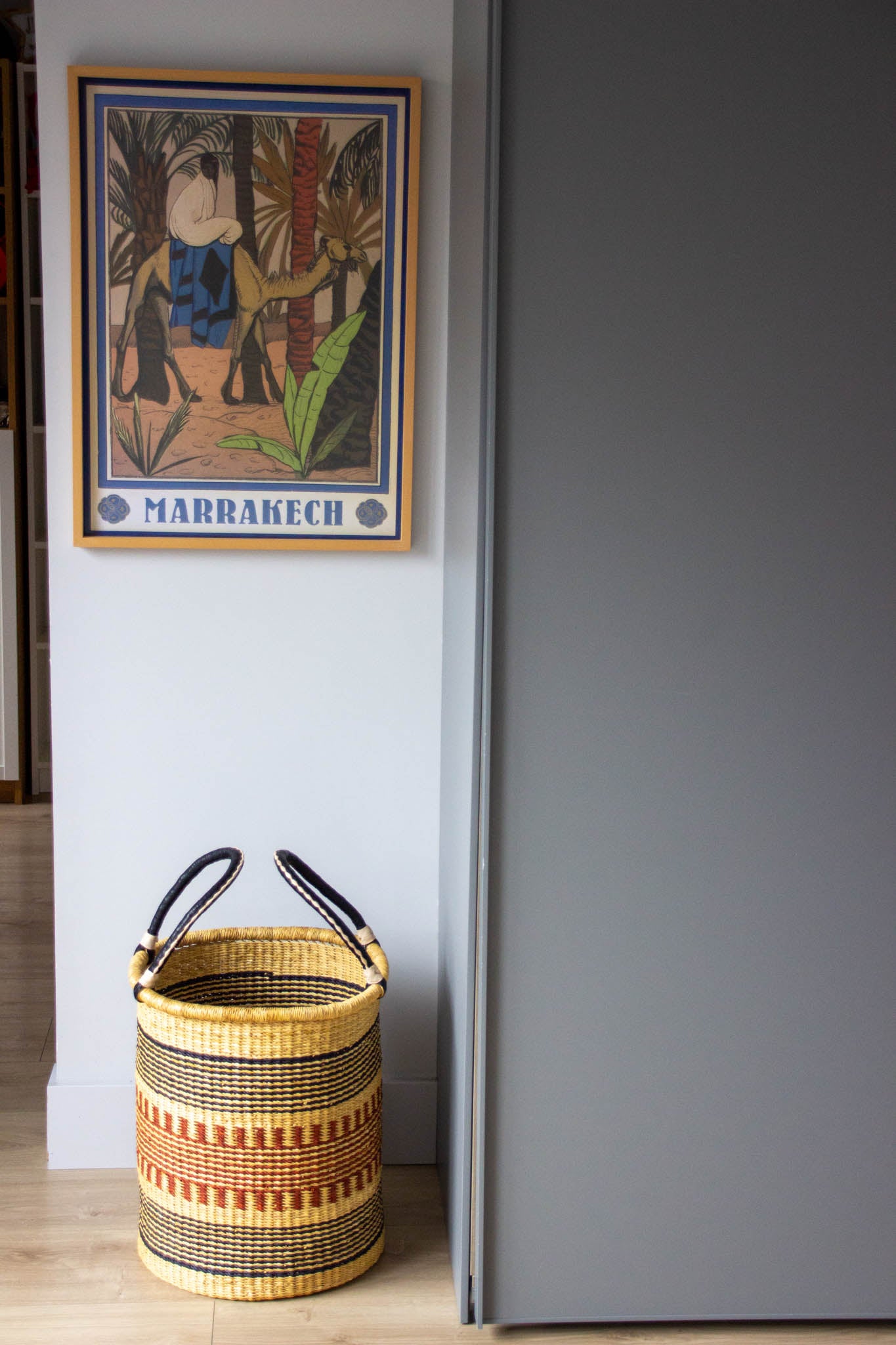
The waterprint of the textile sector and how we can counteract it with natural materials

The vast majority of us are aware that freshwater is a scarce resource that must not be wasted. The message about the importance of saving water has erupted in society, but when we think about saving water, we only come to head practically limited to the domestic arena: shortening time in the shower, starting the washing machine only when we have filled it or choosing double-clicking cisterns. All these habits contribute to saving water, as well as reducing sanitation costs, and therefore we must continue to practice them. However, domestic consumption accounts for a small tenth (11%) of the overall freshwater consumption. The bulk of freshwater consumption is hoarded by agricultural and livestock production, almost three quarters (70%), followed by industrial activity, about one third (29%). Therefore, everything we consume, absolutely everything—food, clothing, furniture, paper, and even gasoline and electricity—has an associated water cost. If we incorporate reflection on the cost of water associated with our consumption, we can raise our contribution to freshwater conservation beyond closing the tap while brushing our teeth.
The textile sector is one of the most impact it has on global freshwater consumption. Textile production employs large amounts of water in processes such as washing and dyeing. These processes in turn generate pollutant-laden wastewater and need to be treated, or otherwise its discharges would have catastrophic effects on aquatic and coastal ecosystems, as well as on water sources for human supply. The production of synthetic tissues generates increased water expenditure and also involves the use of non-renewable (plastic) resources. Lucky for you., to this day, naturally occurring textiles such as bamboo, cotton, hemp, wool or leather offer an alternative for the manufacture of almost any garment, both for our closet and for our home.
Furthermore, the treatment of naturally occurring fibres decreases the volume of contaminated water to be treated. The positive impact on water use is even greater when combined with the use of dyes also of natural origin, such as those obtained from extracts from plants, algae, fungi, or insects.
However, it should be noted that cultivation of natural raw materials also has an associated water cost. For example, cotton is a crop that does not support very cold temperatures and requires numerous hours of sunshine during the growing season, which is why cotton plantations are often located in regions where rainfall is scarce and irrigation needs to be resorted to to maintain productivity, but these systems are not always sustainable.
Unfortunately, we have witnessed in the Lower Sea the nefarious consequences for an ecosystem of the poor management of water resources associated with agricultural production, but we can no longer hide our heads.
Today, criteria for certifying a textile as organic or sustainable focus almost exclusively on processes associated with fertilization and pest control and competition with other plants, i.e. focus on the application of fertilizers, insecticides, fungicides and herbicides. The sustainable use of water resources has not yet been incorporated into the catalogue of measures to be considered, partly because of a lack of realistic information and reliable models on the actual consumption of water resources in agricultural and livestock production. A step in the right direction to avoid future disasters such as the Minor Sea would be to incorporate reflection on the cost of water associated with the production of goods when choosing as consumers.
Teresa Gimeno, Ecology Expert and Researcher of BC3 - Basque Centre for Climate Change








Leave a comment
This site is protected by reCAPTCHA and the Google Privacy Policy and Terms of Service apply.